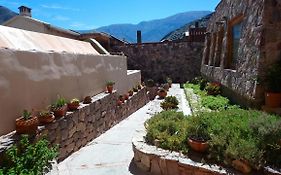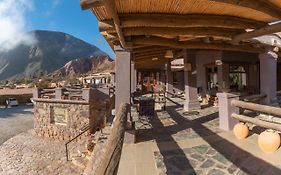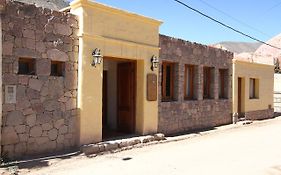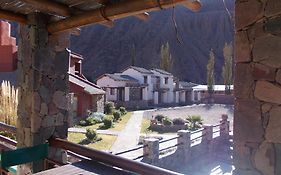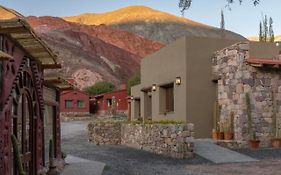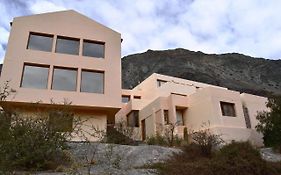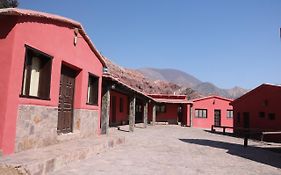
Embed Image

Embed Image
The Hill of Seven Colors, located in Purmamarca, Argentina, is a geological wonder of vibrant hues in the rugged terrain. The hill's unique and stunning display of colors, ranging from deep purples and blues to bright oranges and reds, is a result of the sedimentary layers formed over millions of years. This natural phenomenon has become a popular attraction for tourists seeking to marvel at the extraordinary beauty of the Andean landscape. The Hill of Seven Colors has significant cultural symbolism for the indigenous communities in the region, and its colors are often associated with traditional myths and stories that have been passed down through generations.
Visiting the Hill of Seven Colors offers an opportunity to experience the geological processes that have shaped the landscape, providing a deeper appreciation for the natural world. The site holds historical significance as it is a testament to the ancient forces that have shaped the Andean region. Visitors can engage in guided tours to learn about the geological formations and the unique flora and fauna present in the surrounding area. The hill's accessibility and safety considerations for visitors are well-organized, and there are hiking trails and viewpoints that allow for nature observation and appreciation of the stunning panoramic views from observation decks.
Additionally, Purmamarca hosts cultural events and festivals related to The Hill of Seven Colors, allowing visitors to immerse themselves in the local traditions and customs. The town itself is known for its vibrant market where indigenous crafts and textiles are sold, adding to the overall cultural experience. To ensure the preservation of this natural wonder, eco-friendly practices for visitors are encouraged, and conservation efforts are in place to protect the surrounding environment. The best time to visit The Hill of Seven Colors is during the dry season when the weather is optimal for outdoor activities and exploration.









